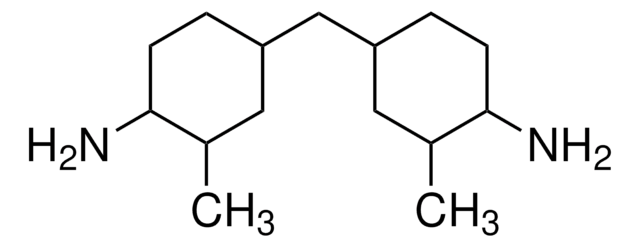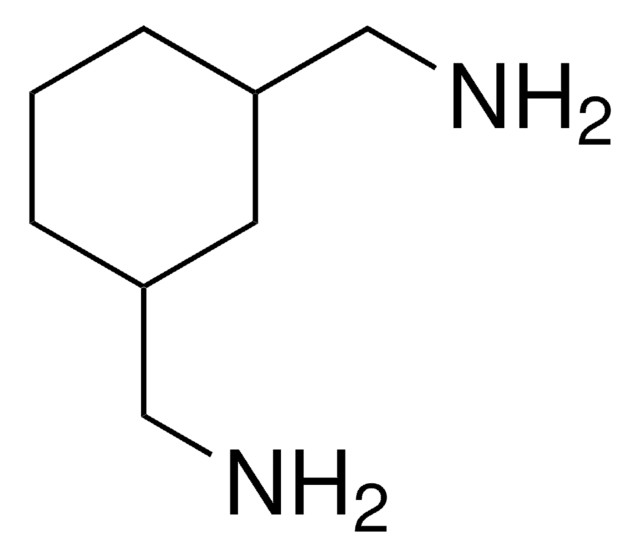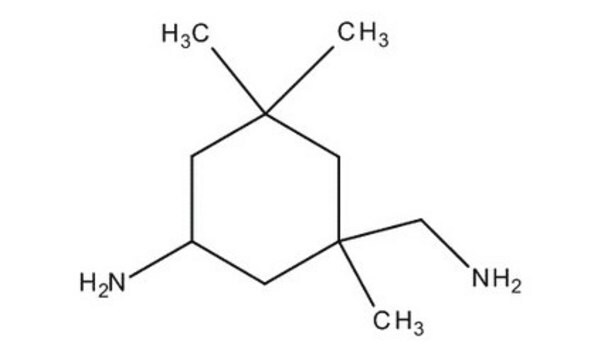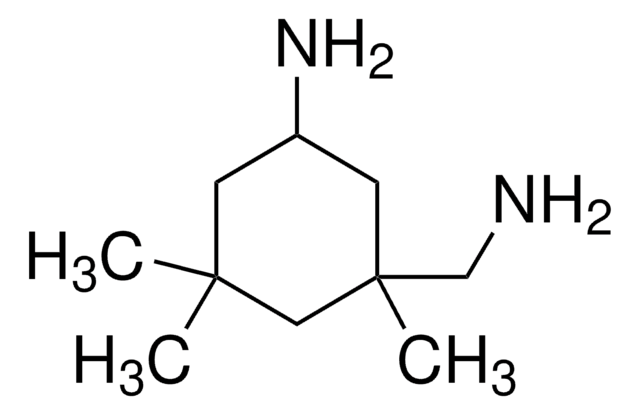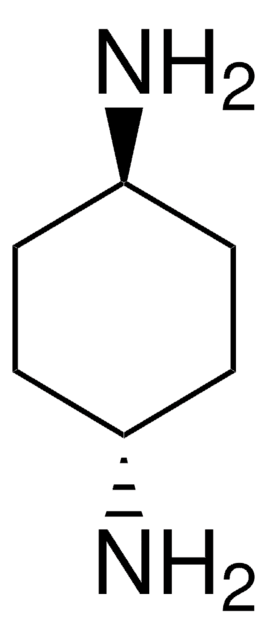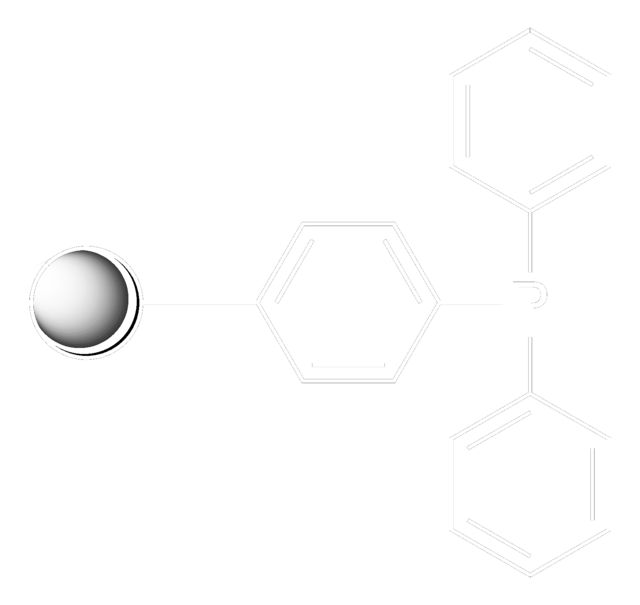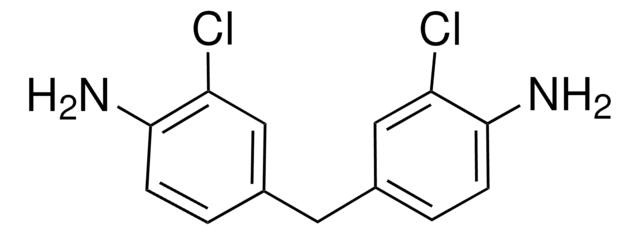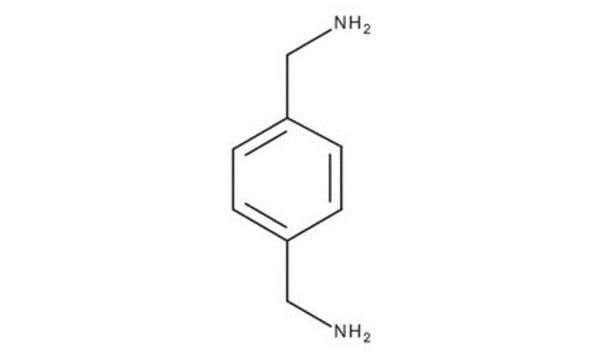Wichtige Dokumente
368849
4,4′-Methylen-bis-cyclohexylamin
technical grade, 95%
Synonym(e):
4,4′-Diamino-dicyclohexylmethan
About This Item
Empfohlene Produkte
Qualität
technical grade
Qualitätsniveau
Dampfdruck
<0.1 mmHg ( 38 °C)
Assay
95%
Dichte
0.95 g/mL at 25 °C (lit.)
SMILES String
NC1CCC(CC1)CC2CCC(N)CC2
InChI
1S/C13H26N2/c14-12-5-1-10(2-6-12)9-11-3-7-13(15)8-4-11/h10-13H,1-9,14-15H2
InChIKey
DZIHTWJGPDVSGE-UHFFFAOYSA-N
Suchen Sie nach ähnlichen Produkten? Aufrufen Leitfaden zum Produktvergleich
Verwandte Kategorien
Allgemeine Beschreibung
Anwendung
- A curing agent for epoxy resins, facilitating the cross-linking process that leads to the formation of thermoset materials.
- A key component in the synthesis of polyurethane elastomers, which have been investigated for their biocompatibility and mechanical properties, making them suitable for biomedical applications.
- A monomer to synthesize porous organic polymers (POPs) via nucleophilic substitution reactions. These POPs are then tested for their ability to uptake iodine and for their fluorescence sensing performance related to dinitrophenol (DNP).
Signalwort
Danger
H-Sätze
Gefahreneinstufungen
Acute Tox. 4 Oral - Aquatic Chronic 2 - Skin Corr. 1B - Skin Sens. 1 - STOT RE 2 Oral
Lagerklassenschlüssel
8A - Combustible corrosive hazardous materials
WGK
WGK 3
Flammpunkt (°F)
318.2 °F - closed cup
Flammpunkt (°C)
159 °C - closed cup
Persönliche Schutzausrüstung
Eyeshields, Faceshields, Gloves, type P3 (EN 143) respirator cartridges
Hier finden Sie alle aktuellen Versionen:
Besitzen Sie dieses Produkt bereits?
In der Dokumentenbibliothek finden Sie die Dokumentation zu den Produkten, die Sie kürzlich erworben haben.
Kunden haben sich ebenfalls angesehen
Unser Team von Wissenschaftlern verfügt über Erfahrung in allen Forschungsbereichen einschließlich Life Science, Materialwissenschaften, chemischer Synthese, Chromatographie, Analytik und vielen mehr..
Setzen Sie sich mit dem technischen Dienst in Verbindung.